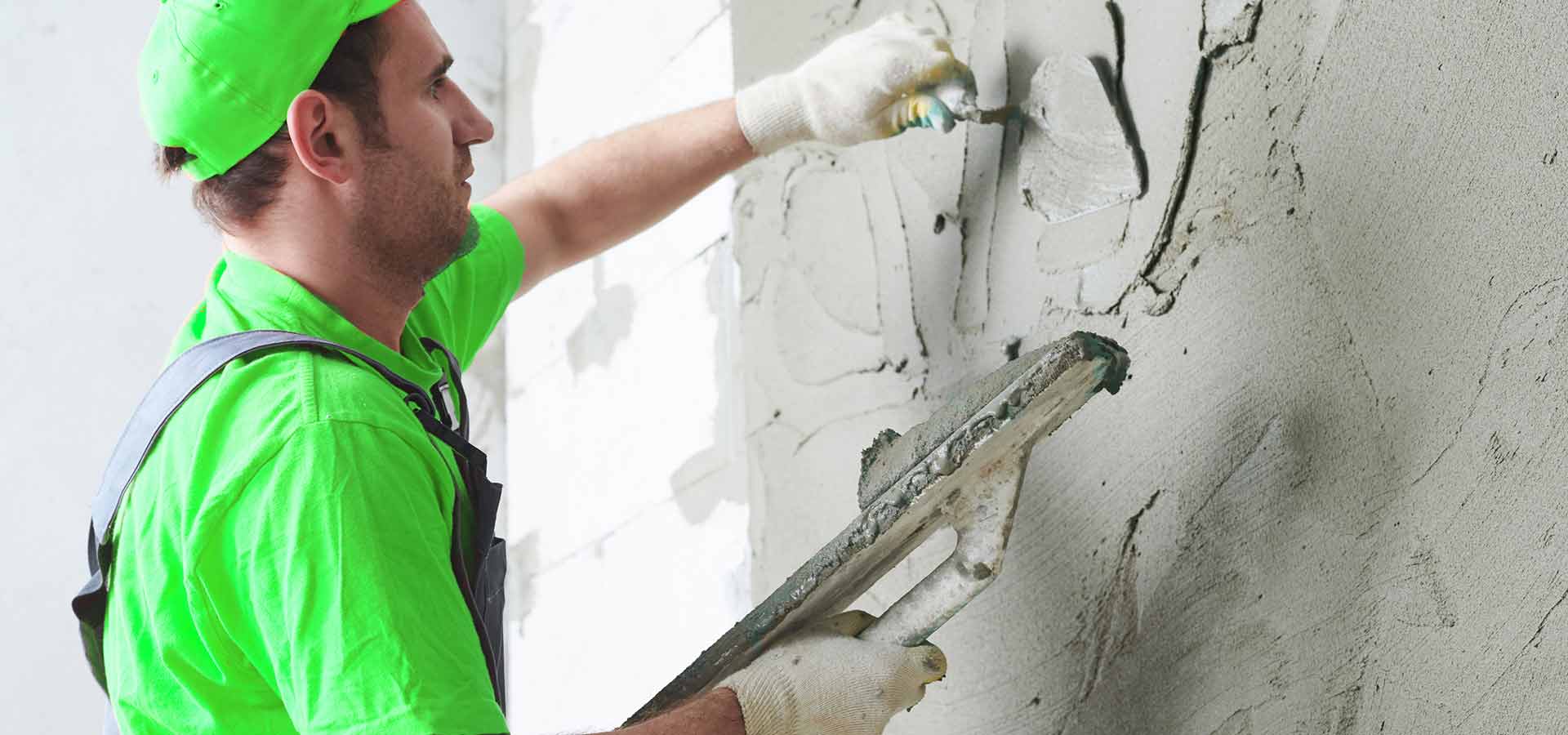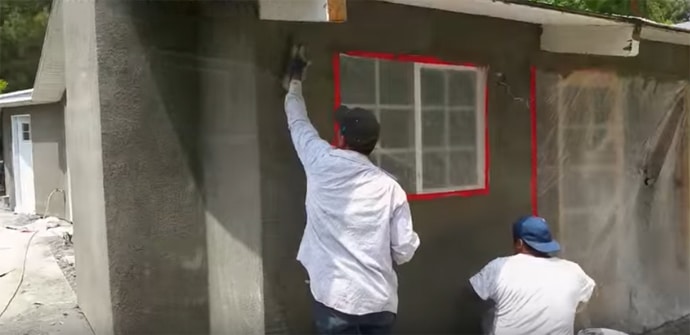Trick Inquiries to Ask Prior To Working With a Stucco Contractor for Your Task
Trick Inquiries to Ask Prior To Working With a Stucco Contractor for Your Task
Blog Article
Discovering the Convenience of Stucco in Modern Design
Stucco has actually long been identified for its visual charm and versatility, yet its function in modern-day design warrants a better exam. By exploring its innovative applications, from striking facades to energy-efficient layouts, one can appreciate how stucco is redefining the limits of building expression.
Historical Significance of Stucco
The historic significance of stucco is extensive, as it has played a crucial duty in building techniques across various cultures for centuries. Originating in old civilizations, stucco was used by the Egyptians and Greeks as a durable and flexible coating for both interior and outside surface areas. Its flexibility to different environments and capacity to resemble much more costly materials made it a popular option.
In the Roman period, stucco ended up being a key attractive component, made use of thoroughly in public structures, vacation homes, and temples. The Romans refined the application methods, enabling detailed layouts and relief sculptures. Throughout the Renaissance, stucco experienced a rebirth, especially in Italy, where it was used in decorative details and sophisticated facades, showcasing the artistry of the duration.

Modern Applications in Design
Stucco has actually discovered renewed relevance in modern-day architecture due to its convenience and aesthetic allure (stucco contractor). This traditional material is significantly made use of in contemporary layout, linking the void in between contemporary and traditional visual appeals. Designers and designers appreciate stucco for its flexibility, allowing it to be applied in numerous styles-- from minimal frameworks to clarify Mediterranean styles
In residential projects, stucco uses a tidy, seamless surface that enhances the visual communication of facades. Its capability to adapt different shapes and surfaces makes it an excellent choice for both new buildings and remodelling projects. Additionally, stucco's longevity and low maintenance requirements contribute to its expanding appeal in metropolitan settings, where durable materials are important.
Industrial applications have additionally welcomed stucco, with several organizations choosing this product to create inviting and unique stores. Using stucco in public buildings, such as schools and neighborhood facilities, showcases its capacity for producing aesthetically appealing settings while supplying outstanding insulation properties.
Shade and Appearance Developments
Discovering shade and appearance technologies in stucco has opened up new avenues for engineers and developers, improving the material's visual effect in contemporary building and construction. Recent advancements in pigment technology have actually permitted a larger spectrum of shades, enabling designers to develop striking exteriors that incorporate perfectly with their environments or stand out as vibrant architectural statements. This versatility in shade selection provides designers the capacity to evoke particular psychological reactions and harmonize with local visual appeals.
Appearance technologies have similarly changed stucco applications. Techniques such as find shoveling, splashing, and marking have resulted in varied surface area finishes, ranging from smooth and refined to responsive and sturdy. These variations not only add to the building's character but additionally play a crucial function in light interaction, boosting the visual depth and dimensionality of surface areas.
Furthermore, the intro of artificial stucco choices has expanded layout possibilities, supplying enhanced durability and weather resistance while maintaining visual appeal. As engineers proceed to explore ingenious shade palettes and distinctive finishes, stucco continues to be a crucial component in contemporary style, showcasing the material's flexibility and timeless importance in modern design.
Sustainability and Energy Efficiency
Advancements in color and structure have not only improved the aesthetic allure of stucco yet likewise paved the means for higher concentrate on sustainability and power effectiveness in modern architecture. As environmental concerns come to be increasingly popular, the construction industry is turning its interest to materials that contribute positively to ecological equilibrium.
Stucco, made up largely of natural products such as sand, concrete, and lime, offers a lasting option to even more resource-intensive structure products. Its longevity and toughness lower the requirement for constant replacements, thus lessening waste and source consumption gradually. Additionally, modern-day stucco solutions usually consist of energy-efficient additives that boost insulation residential or commercial properties, lowering heating and cooling prices for buildings.
The reflective high qualities of stucco can likewise be engineered to reduce warm absorption, adding to cooler indoor settings and less reliance on man-made climate control systems. By promoting power conservation and lowering the carbon impact of structures, stucco aligns with the concepts of sustainable design. As engineers and home builders adopt green practices and cutting-edge strategies, stucco sticks out as a versatile and responsible choice in contemporary layout.

Case Research Studies of Stucco Projects
The adaptability of stucco as a structure product is exemplified in different effective building projects that highlight its practical and aesthetic advantages. One notable instance is the improvement of the historical Casa de la Guerra in Santa Barbara, try this website The Golden State. Using stucco not just maintained the building's Spanish Colonial Rebirth style yet also boosted its resilience and weather condition resistance, making sure long life while maintaining architectural integrity.
Another compelling case is the contemporary residential job, the Cactus Home in Scottsdale, Arizona. stucco contractor. This striking home attributes a smooth stucco coating that balances with the surrounding desert landscape. The stucco's light shade mirrors warmth, adding to power efficiency, while the textured surface areas add visual interest
In Addition, the Kings Cross redevelopment in London showcases the flexibility of stucco in city settings. The application of stucco on modern mixed-use structures creates a natural visual that respects historic context while embracing contemporary design concepts.
These instance research top article studies show just how stucco can serve numerous building purposes, from conservation and power effectiveness to visual enhancement, making it a flexible choice in modern design.
Final Thought
 In verdict, stucco's historical value and modern convenience make it a useful product in contemporary design. As shown via numerous situation studies, stucco continues to play a vital role in shaping the architectural landscape of the modern era.
In verdict, stucco's historical value and modern convenience make it a useful product in contemporary design. As shown via numerous situation studies, stucco continues to play a vital role in shaping the architectural landscape of the modern era.
In conclusion, stucco's historical importance and modern adaptability make it a beneficial product in modern design.
Report this page